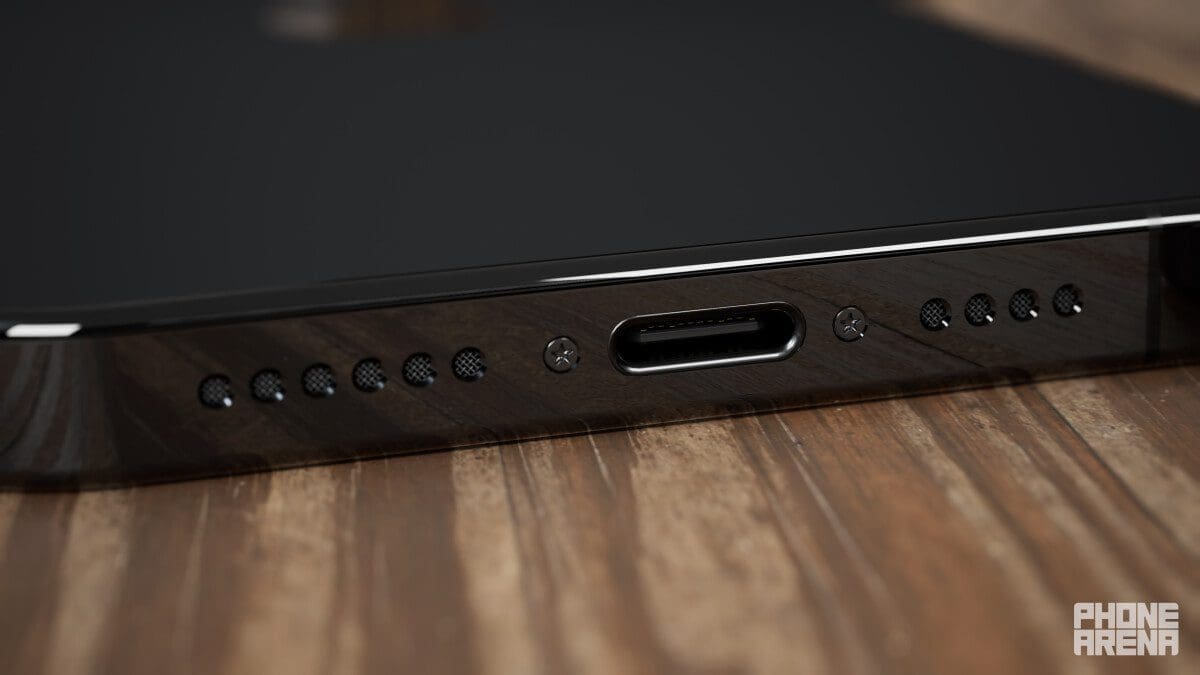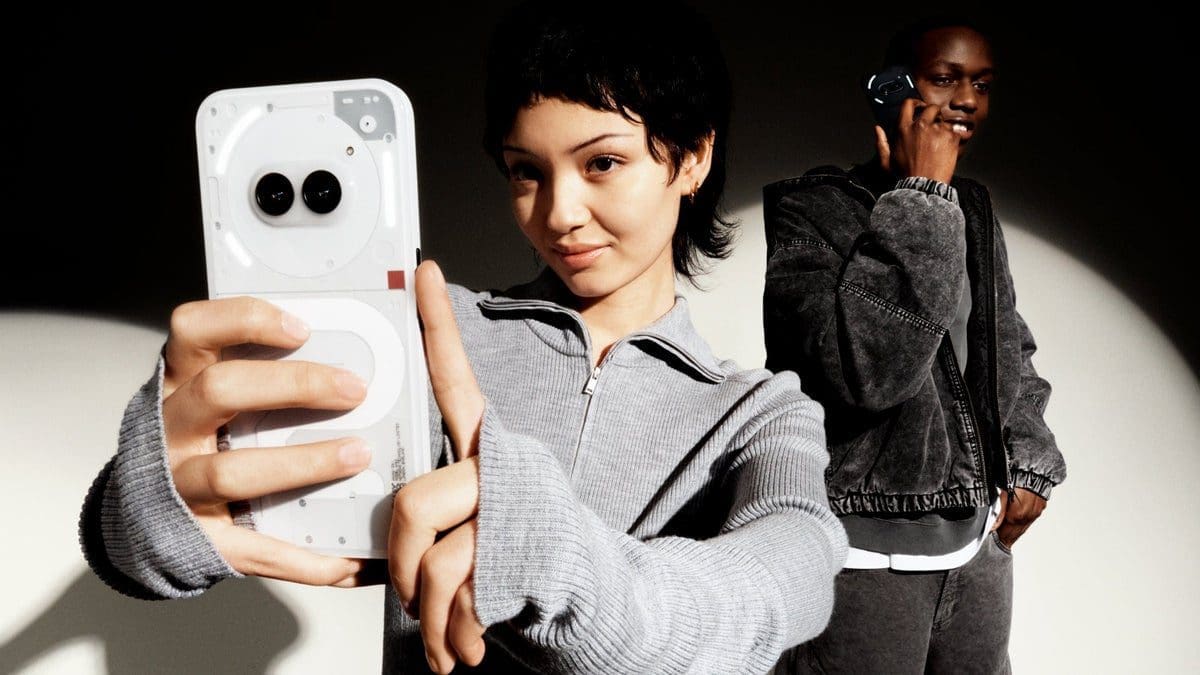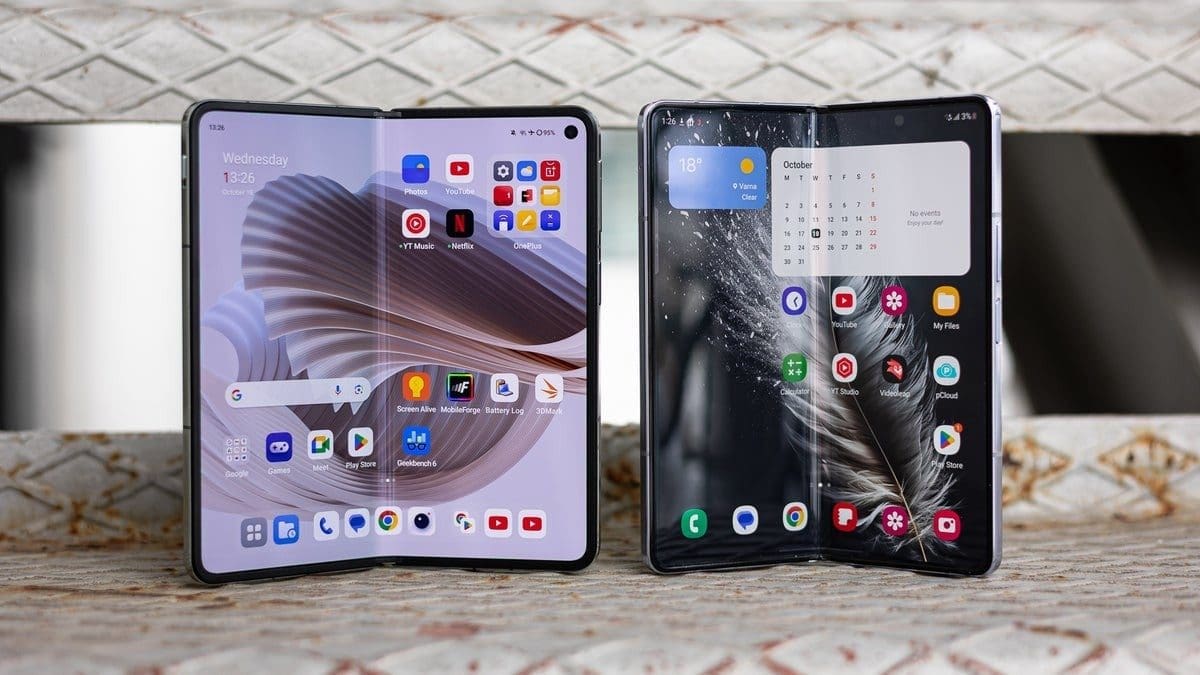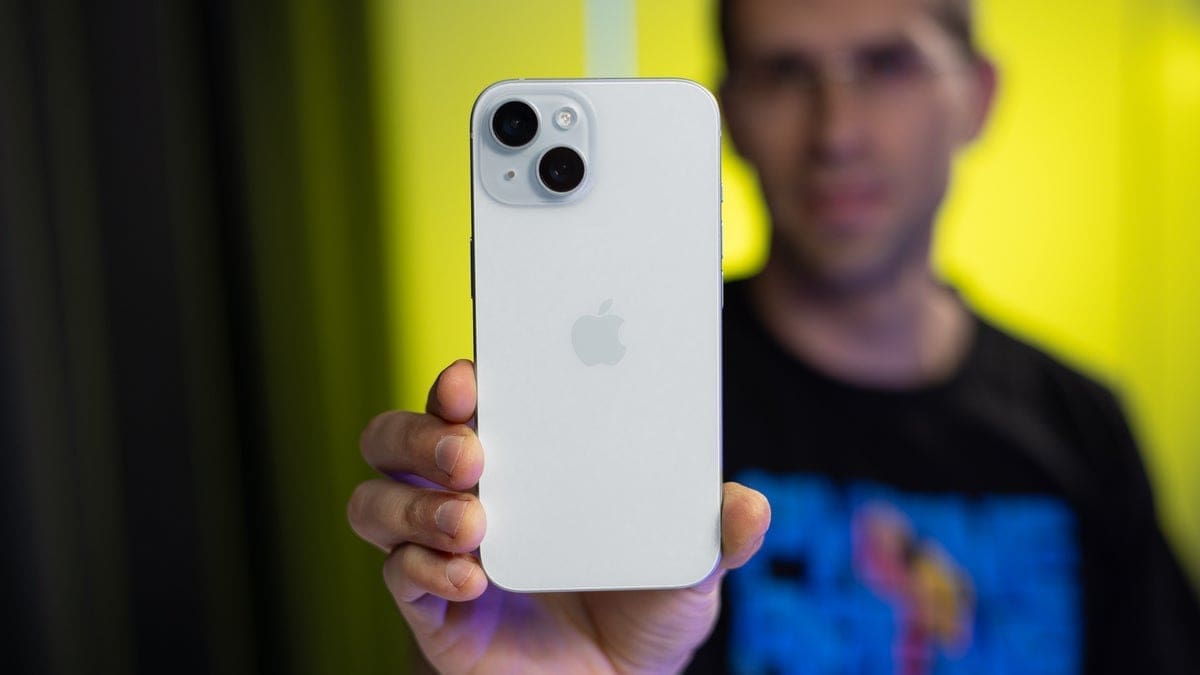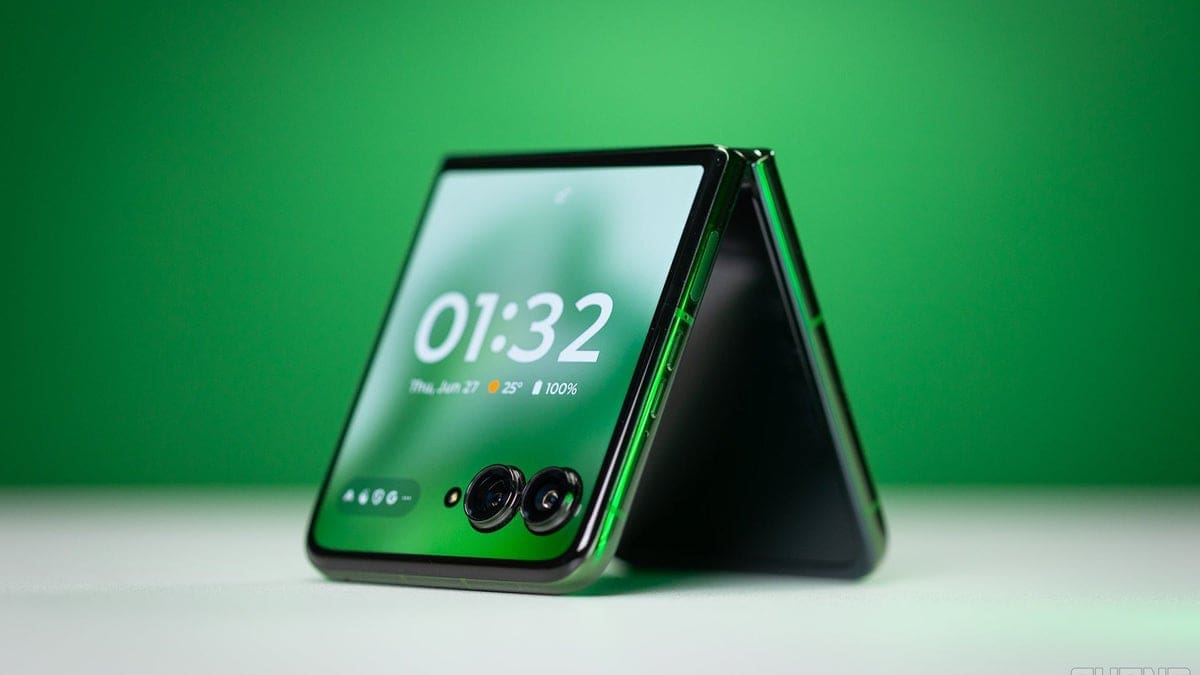The iPhone 15 series is set to be unveiled on September 12th at Apple’s ‘Wanderlust’ event. With the release date drawing near, we already have a good idea of what to expect from the 2023 iPhone lineup. Among the anticipated changes, one that has been generating a lot of buzz is the rumored adoption of the USB-C port.
So, let’s dive into what this shift from Apple’s proprietary Lightning port to USB-C means for iPhone users.
USB-C, created by the USB Implementers Forum, is currently the industry standard connector used in various mobile tech devices like phones, tablets, headphones, and even cameras. It can be found in Apple’s Macs and many iPads. For the first time, with the iPhone 15 series, we will see USB-C on an iPhone.
While both Lightning and USB-C are reversible connectors, they differ in terms of capabilities. USB-C supports faster data transfer speeds (USB 3.0, USB 4.0, Thunderbolt), charging rates (USB Power Delivery), and high-resolution video output. It is also an industry standard connector, unlike Lightning, which is proprietary.
However, it’s important to note that USB-C being the connector type doesn’t guarantee specific data transfer rates, charging speeds, or video output capabilities. These features depend on the devices and USB cables that utilize the USB-C connector.
Now, let’s look at how the USB-C adoption will impact the iPhone 15.
Charging Speed:
While all iPhone 15 models will feature a USB-C port and cable, only the iPhone 15 Pro and iPhone 15 Pro Max are expected to receive a boost in charging speed. Rumors suggest a maximum charging speed of 35W for these models, compared to the iPhone 14’s 20W charging capability. This indicates the potential for a new 35W charger from Apple.
Data Transfer Speed:
Reports indicate that the higher data transfer speeds (20Gbps or even 40Gbps) might be limited to the iPhone 15 Pro and Pro Max, while the regular iPhone 15 and 15 Plus may retain the same data transfer speed (480Mbps) as their predecessors. However, there is hope for faster data speeds on all iPhone 15 models.
Compatibility:
Earlier concerns about Apple limiting the use of the USB-C port with approved accessories seem unlikely. USB-C is known for its universal adaptability and compatibility, which Apple is likely to embrace. However, users won’t be able to use their old USB-C to Lightning cable with the iPhone 15 series.
Design and Durability:
Apple is rumored to match each included USB-C cable’s color with the corresponding iPhone 15 color. Additionally, these cables might feature a braided design with added strain relief tubes for increased durability. Apple cables have been criticized for fraying easily, and these improvements would address that issue.
In conclusion, the adoption of USB-C in the iPhone 15 series is a positive development, improving the user experience and eliminating the need for multiple cable types. Although some advantages, such as faster speeds, might be exclusive to the Pro models, it’s a step in the right direction for Apple. Future generations of iPhones are also likely to benefit from USB-C-related improvements.


